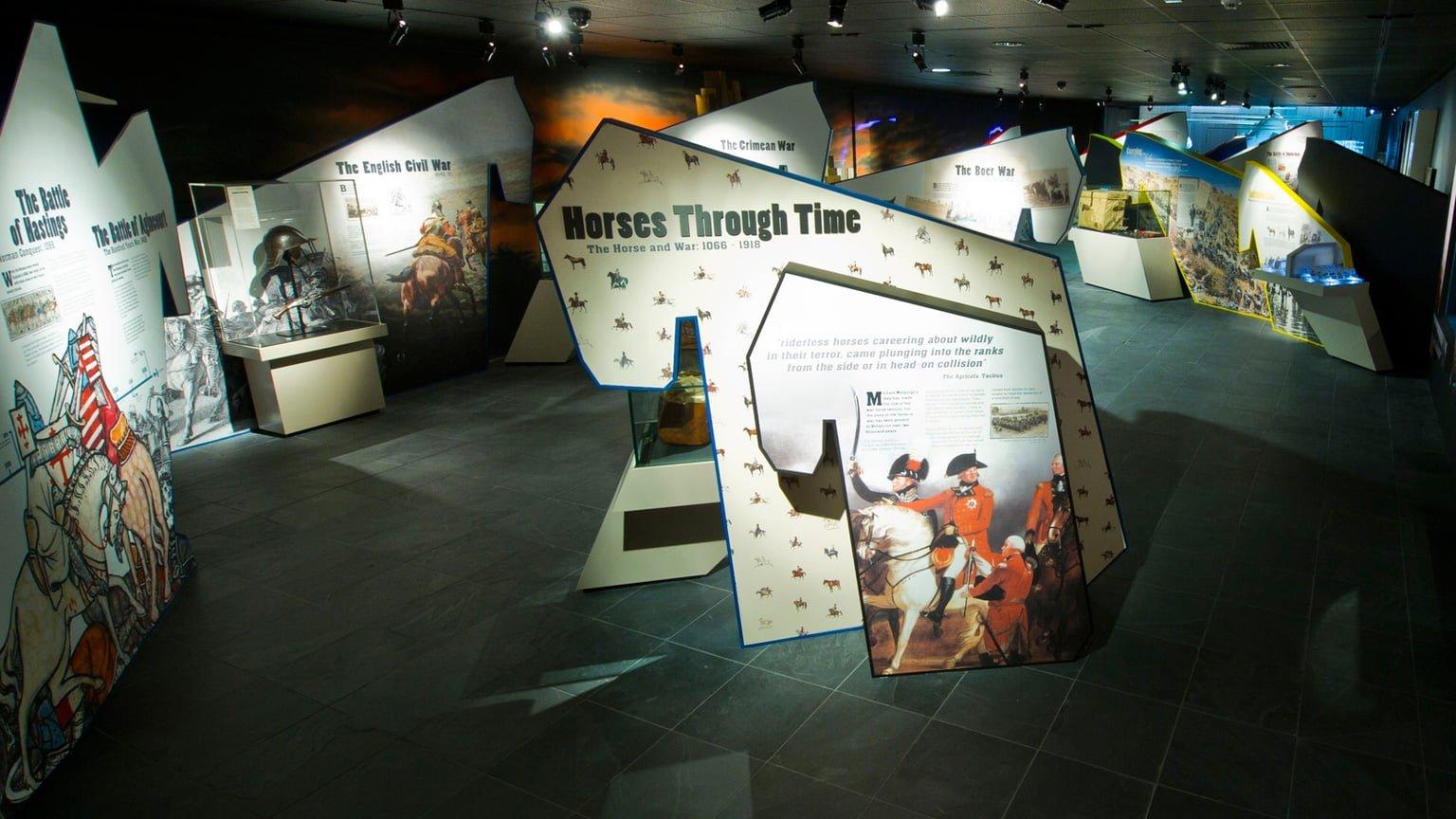Bust of General Sir Eyre Coote, Commander in Chief of the Army in India
Joseph Nollekens, 1779

Nollekens established a flourishing fashionable practice in London, with a reputation akin to that of Reynolds. This bust, which retains its original socle, became the source for other contemporary images of the General, including Wedgwood's jasperware portrait medallion. Nollekens made a practice of finishing his busts from life at a final sitting and here he has eloquently revealed the dignity and force of character of this distinguished soldier. General Sir Eyre Coote (1726-83) played a key part in the defeat of the French and their allies in India. The surrender of the French commander to Coote after the eight-month siege of Pondicherry in 1761 marked the demise of French power in India. In 1779, the year in which the bust was executed, Coote took up his post as Commander-in-Chief in India, becoming of critical importance in the conquest of India by the East India Company in the 18th century.
More information
Title of artwork, date
Bust of General Sir Eyre Coote, Commander in Chief of the Army in India, 1779
Date supported
1995
Medium and material
Marble
Dimensions
72 x 52 cm
Grant
15000
Total cost
78258

Get a National Art Pass and explore National Army Museum
You'll see more art and your membership will help museums across the UK
National Art Pass offers available at National Army Museum
Art Funded by you FAQs
Contact us
If you have a question about a work of art in our archive, please contact the Programmes team. We’ll be happy to answer your enquiry.